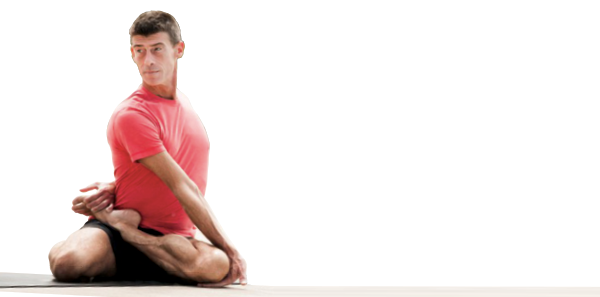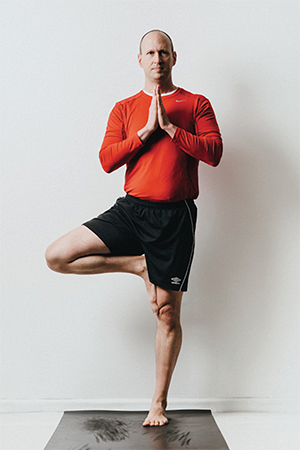
Fifteen minutes into my first yoga class, I [Dr. Balentine] quickly wondered what I had gotten myself into. I am a fairly open-minded individual and was looking for an alternative way to exercise. We, as emergency physicians, are all keenly aware of the stresses that are inherent to our profession, and I am not immune.1 What could be more relaxing than sitting around in a circle and chanting “om”? I needed a break from the surrounding clinical symphony of alarms, beeps, and interruptions.
Explore This Issue
ACEP Now: Vol 34 – No 09 – September 2015After some basic stretches, the small class stood in a circle. The instructor gestured to someone near me who responded, “Sun,” as if that was his new name. The person next to me responded, “Moon.” It was now my turn. “Uh, Bryan” was my response. A few giggles followed in the room. Apparently, we were standing in a circle that did not allow everyone to spread their arms and then touch their toes at the same time without bumping into a neighbor. Alternating the stretch (Sun and Moon) next to your neighbor prevented “full-contact” yoga. I smiled.
Two years later, I’ve developed a deeper appreciation for yoga, flexibility, and a greater ability to simply relax in most situations. I could not remember the last time I could touch my toes, but now I can—and grab the bottom of my feet. From a practical standpoint, my 43-year-old body can hop up from the floor easier after playing with my young children. Clinically, I am more aware of posture while sitting at work. My chair angles at 90 degrees rather than the previous somewhat reclining position and kyphotic posture. How many patients with back pain do you see a day with surgical histories? I like my spine without scars.
Practicing yoga in an everyday setting can be as simple as noticing and observing one’s posture when seated, standing, or even lying down. For physicians, being mindful of how weighted down their white coats are can be a form of yoga. To lighten the lab coat and decrease the forward shoulder pull and subsequent kyphosis is, in a sense, practicing yoga.
While I benefit from numerous yoga instructors, I spend more time with Shawn Galin, PhD. He is course director for endocrinology at the local medical school and an associate professor of critical care medicine, and he enjoys a passion for yoga. I learned of his background in medical education just before joining the ACEP Well-Being Committee. After sharing my experiences with him on how yoga positively impacted me at work and home, we shared articles and research. PubMed contains almost 3,000 articles on yoga, but our goal in collaboration is to focus on a few areas that can impact you now.2,3
The Breath and Stress

Dr. Balentine in tree pose.
Pages: 1 2 3 | Single Page




2 Responses to “Benefits of Yoga for Emergency Physicians”
September 23, 2015
Thomas BalentineI am impressed by my son’s participation with yoga classes. I consider it surprising to both he and I as to the beneficial results of his interest in this type therapy. He continues to be sensitive to all physical, mental and spiritual aspects of health issues. This article even prompts a 74 year old senior to become better educated with the potential health improvement for my remaining years.
January 19, 2022
Grow PracticeThanks for sharing information about Benefits of Yoga for Emergency Physicians